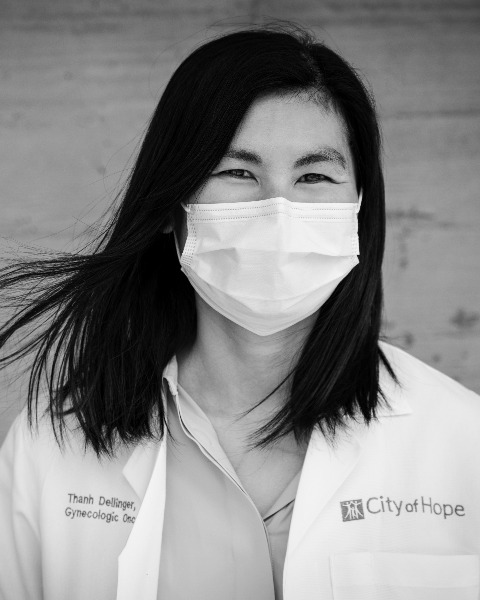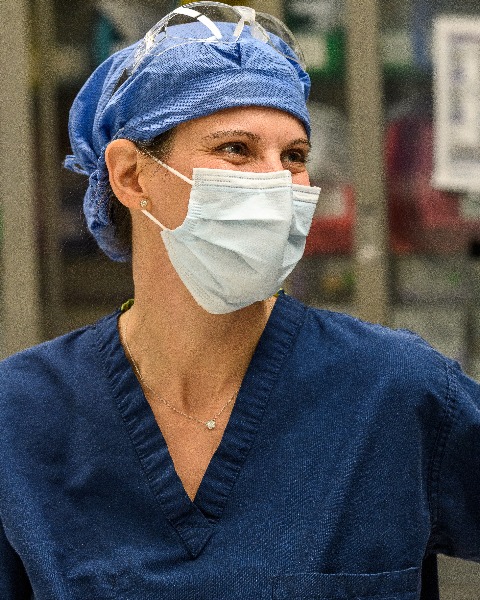PSM
P53: Pressurized Intraperitoneal Aerosolized Chemotherapy (PIPAC) for Peritoneal Metastasis from Gastrointestinal Malignancy: Evaluation of Treatment Response in a Single Tertiary Center

Grace Wu, MD
Surgical Research Fellow
Northwell Health
Brooklyn, New York, United States
Grace Wu, MD
Surgical Research Fellow
Northwell Health
Brooklyn, New York, United States
Grace Wu, MD
Surgical Research Fellow
Northwell Health
Brooklyn, New York, United States- RW
Richard L. Whelan, MD
Professor
Northwell Health, United States 
Abdullah Khalid, MD (he/him/his)
Research Scientist
Northwell Health Institute
Great Neck, New York, United States- SG
Sepideh Gholami, MD
Attending physician
Northwell Health, United States 
Matthew Weiss, MD (he/him/his)
Attending physician
Northwell Health, United States
Yanghee Woo, MD
Associate Professor
Department of Surgical Oncology, City of Hope National Medical Center, Duarte, CA
Duarte, California, United States- AM
Amit Merchea, MD
Assistant Professor
Mayo Clinic Jacksonville, United States 
Thanh H. Dellinger, MD
Associate Clinical Professor
City of Hope Cancer Center
Duarte, California, United States
Mustafa Raoof, MD, MS
Assistant Professor
Division of Surgical Oncology, City of Hope National Medical Center, Duarte, CA
Duarte, California, United States
Danielle DePeralta, MD
Attending physician
Northwell Health, New York, United States
Oral Poster Presenter(s)
Submitter(s)
Author(s)
Options for patients with peritoneal metastases (PM) from gastrointestinal malignancy are limited and outcomes are generally poor. PIPAC is a drug delivery method for treatment of PM. The aim of this study was to evaluate histologic and cytologic response after repeated PIPAC procedures in patients from a single tertiary center currently enrolled in the multicenter American Phase 1 PIPAC trial.
Methods:
Heavily pre-treated patients with unresectable PM underwent three PIPAC perfusions at 6-week intervals with either oxaliplatin (1 appendiceal, 2 colorectal), mitomycin C with dose escalation and systemic FOLFIRI (3 appendiceal, 1 colorectal), and doxorubicin/cisplatin (2 gastric). Cytology (ascites or peritoneal washings) and histology (representative 4-quadrant biopsies) were assessed in patients currently enrolled in the multicenter trial. Cytologic evaluation of ascites and/or peritoneal washings was graded on a four-point scale: malignant cells (4), suspicious for malignancy (3), atypical cells (2), negative for malignancy (1). The Peritoneal Regression Grading Score (PRGS), which has been previously described and validated, was assigned to each biopsy specimen to compare histological response.
Results:
Nine patients were treated with 32 PIPAC perfusions (median 3, range 2-8) from February 2021 to September 2023, median age 60 (range 32-74), 56% female. Four patients had appendiceal primary, 3 colorectal (1 right colon, 2 rectal), and 2 gastric. Both gastric patients only completed 2 PIPACs due to disease progression and were excluded from analysis. Complete or major histologic response (mean PRGS ≤2 at PIPAC 3) was seen in 6/7 (86%) appendiceal/colorectal patients compared with 2/7 (29%) at PIPAC 1 (p = 0.0938). Cytologic response (mean grade ≤2) was achieved in 4/7 (57%) of patients at PIPAC 3 compared with 1/7 (14%) at PIPAC 1. Four patients (57%) converted to negative or atypical cells on cytology. One progressed to malignant cells (14%). From date of PIPAC 1, median OS was 25 months for appendiceal and 4.5 months for gastric. All patients with colorectal cancer were alive at the time of analysis.
Conclusions:
Repeated PIPAC with mitomycin or oxaliplatin induced cytologic and histologic response in the majority of patients with appendiceal/colorectal cancer. Further work is needed to define the optimal endpoints for randomized trials and assess correlation with survival and quality of life.
Learning Objectives:
- Describe clinical tools for evaluation of treatment response to PIPAC.
- Describe how changes in PRGS are used to evaluate treatment response.
- Appreciate the differences in clinical progression of appendiceal/gastric primaries compared to colorectal primaries.
